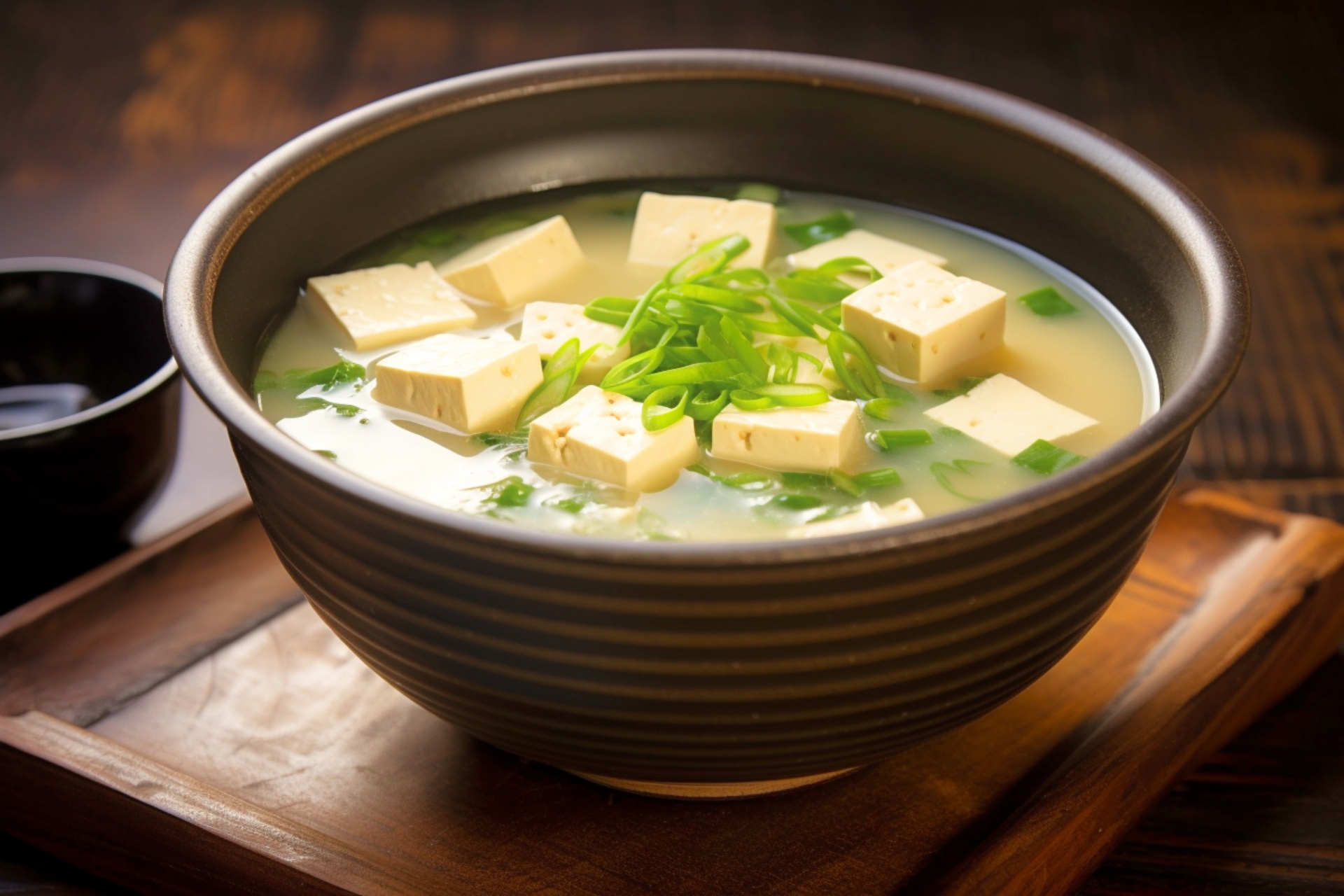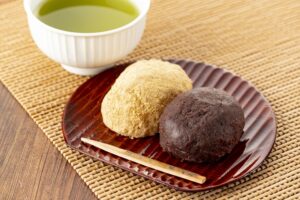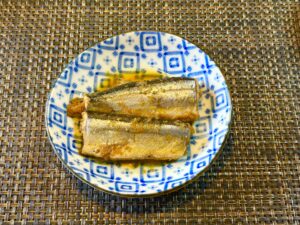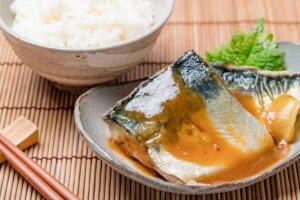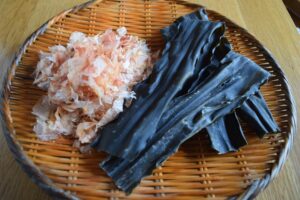Miso soup is one of Japan’s most beloved traditional dishes, often enjoyed daily as part of a healthy and balanced diet. While simple in appearance, it offers deep flavor, cultural meaning, and nutritional benefits. In this guide, you’ll learn what miso soup is, its history, ingredients, and how to prepare it at home—even if you’re cooking with American ingredients.
What Is Miso Soup?
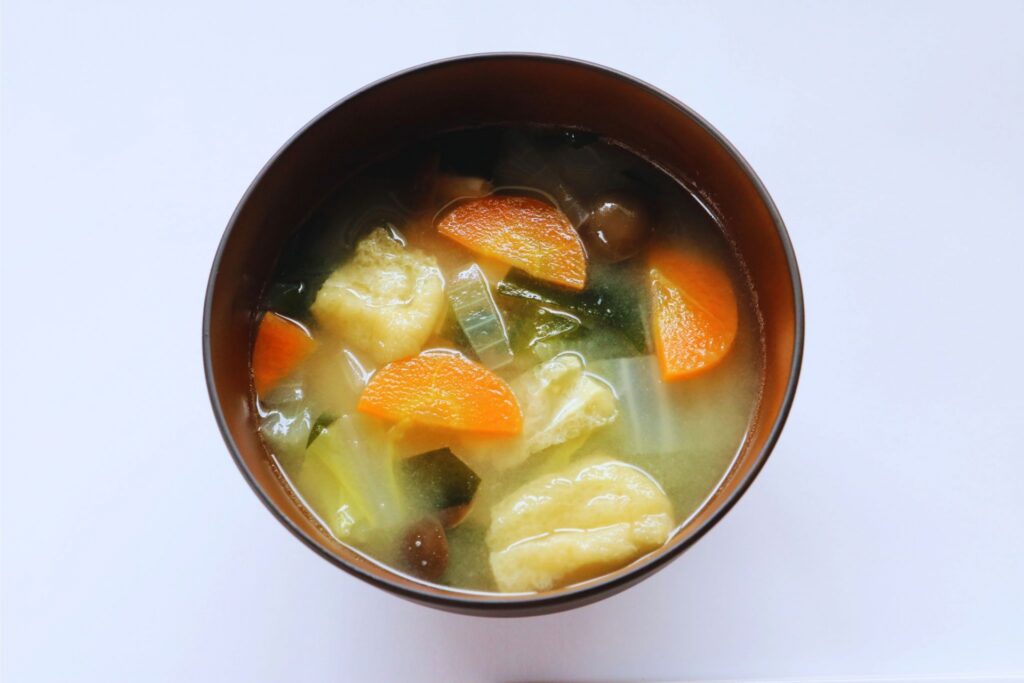
Miso soup is a traditional Japanese soup made primarily from dashi (broth) and miso paste, often accompanied by ingredients like tofu, seaweed, and green onions. It is a staple in Japanese households and typically served as part of breakfast, lunch, or dinner. Unlike Western soups that may rely on cream or heavy stocks, miso soup is light yet rich in umami flavor due to the fermentation process of miso. The combination of savory dashi and earthy miso paste creates a comforting, warm, and nourishing bowl of soup that embodies the essence of Japanese home cooking. In Japan, it is not just a dish but a daily ritual, symbolizing balance and simplicity.
Types of Miso: Understanding the Flavors and Fermentation
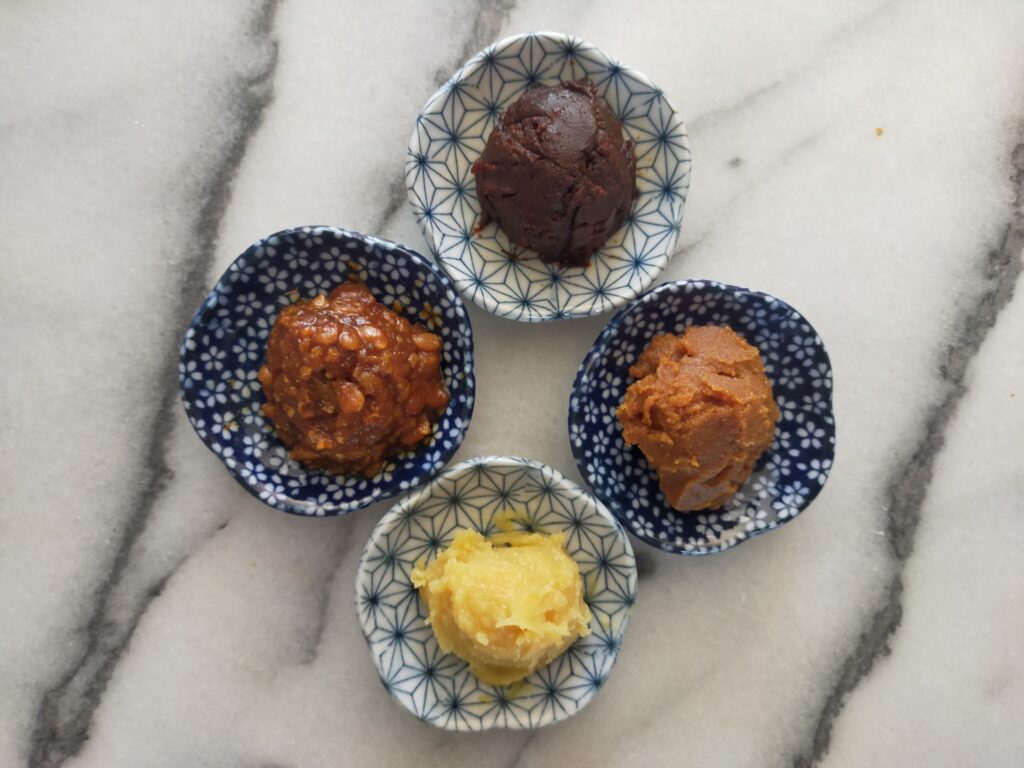
Miso comes in several varieties, each with its own flavor profile, fermentation time, and color. The three main types are:
| Type | Color | Taste | Fermentation Time | Notes |
| White Miso | Pale | Mild, slightly sweet | Very short (1 week to 10 days) | Preferred in western Japan, good for beginners |
| Red Miso | Dark red/brown | Bold, salty, pungent | Several days to several years | Common in eastern Japan, stronger flavor |
| Mixed Miso | Medium brown | Balanced taste | Varies | Blend of red and white miso |
Other regional or specialty varieties include Hatcho Miso (soybean-based, very dense) and Mugi Miso (barley-based, earthy flavor). In the U.S., popular brands like Miso Master, Hikari Miso, and Eden Foods offer these varieties in health food stores and Asian markets.
The Key Ingredients of Miso Soup
Miso soup, while simple in concept, is built on a few key ingredients that shape its flavor and nutritional value.
Miso Paste: This fermented soybean paste is the heart of the soup. It varies in saltiness, sweetness, and color depending on the ingredients and fermentation length. When shopping in the U.S., look for unpasteurized options in the refrigerated section for richer probiotics.
Dashi: This is the savory broth base, traditionally made from kombu (kelp) and katsuobushi (bonito flakes). For plant-based diets, kombu and dried shiitake mushrooms provide an excellent vegan alternative.
Toppings: Common additions include cubed tofu, wakame seaweed, chopped scallions, mushrooms, and root vegetables. In Japan, toppings often reflect the season.
Can You Make Miso Soup Without Dashi?
Yes, you can. While dashi provides the umami backbone of traditional miso soup, there are excellent vegan alternatives. Kombu-only or kombu-and-shiitake broths can replicate much of the savory depth. If you omit dashi entirely, consider adding a splash of tamari or a pinch of nutritional yeast to compensate. Keep in mind that without dashi, the flavor profile will be milder, so choose a bolder miso to enhance richness.
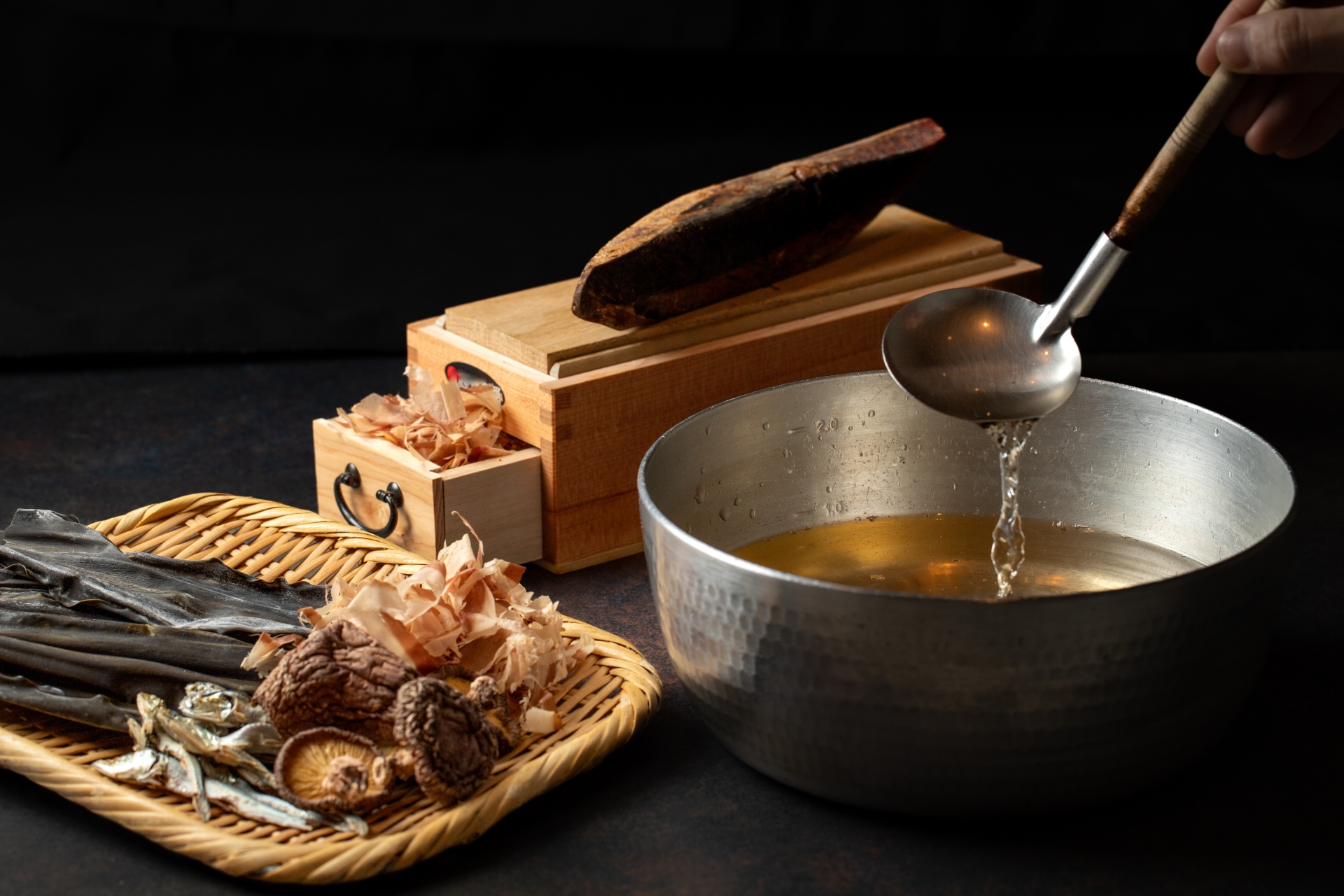
Health Benefits of Miso Soup
Miso soup is more than just comfort food—it’s a nutritional powerhouse. Thanks to its fermented base, it offers a range of health advantages:
- Probiotics: Unpasteurized miso contains beneficial bacteria that support gut health.
- Digestive Aid: Warm broth and fermented compounds ease digestion.
- Rich in Nutrients: Miso contains protein, B vitamins, vitamin K, manganese, and zinc.
- Low-Calorie: A typical serving has around 40-60 calories.
| Nutrient | Approx. Amount (1 cup) |
| Calories | 50 |
| Protein | 2-4g |
| Sodium | 600-800mg |
| Probiotics | Present (if unpasteurized) |
Miso soup is safe for daily consumption for most people, though those watching their sodium intake should be mindful of the salt content.
How to Make Miso Soup at Home
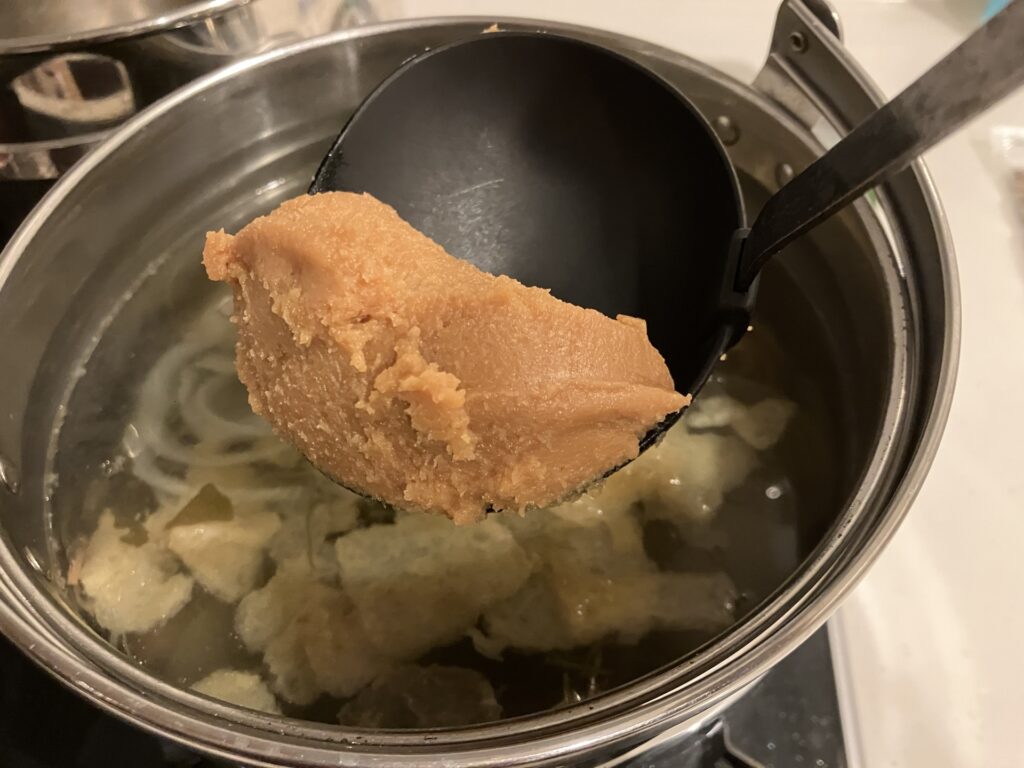
Here’s a simple way to recreate authentic miso soup in your own kitchen:
Ingredients:
- 2 cups water
- 1 tsp dashi granules or 1 kombu strip (vegan option)
- 2 tbsp miso paste (white or mixed)
- 1/4 cup cubed soft tofu
- 1 tbsp dried wakame seaweed
- 1 green onion, thinly sliced
Instructions:
- Bring water to a gentle simmer and add dashi or kombu.
- Remove from heat, strain if needed.
- Dissolve miso paste in a small bowl with some hot broth, then return to pot.
- Add tofu, wakame, and green onions.
- Serve warm. Do not boil once miso is added.
Variations: Add chili oil for spice, noodles for heartiness, or mushrooms for depth. For vegan versions, stick with kombu or shiitake dashi and avoid bonito.
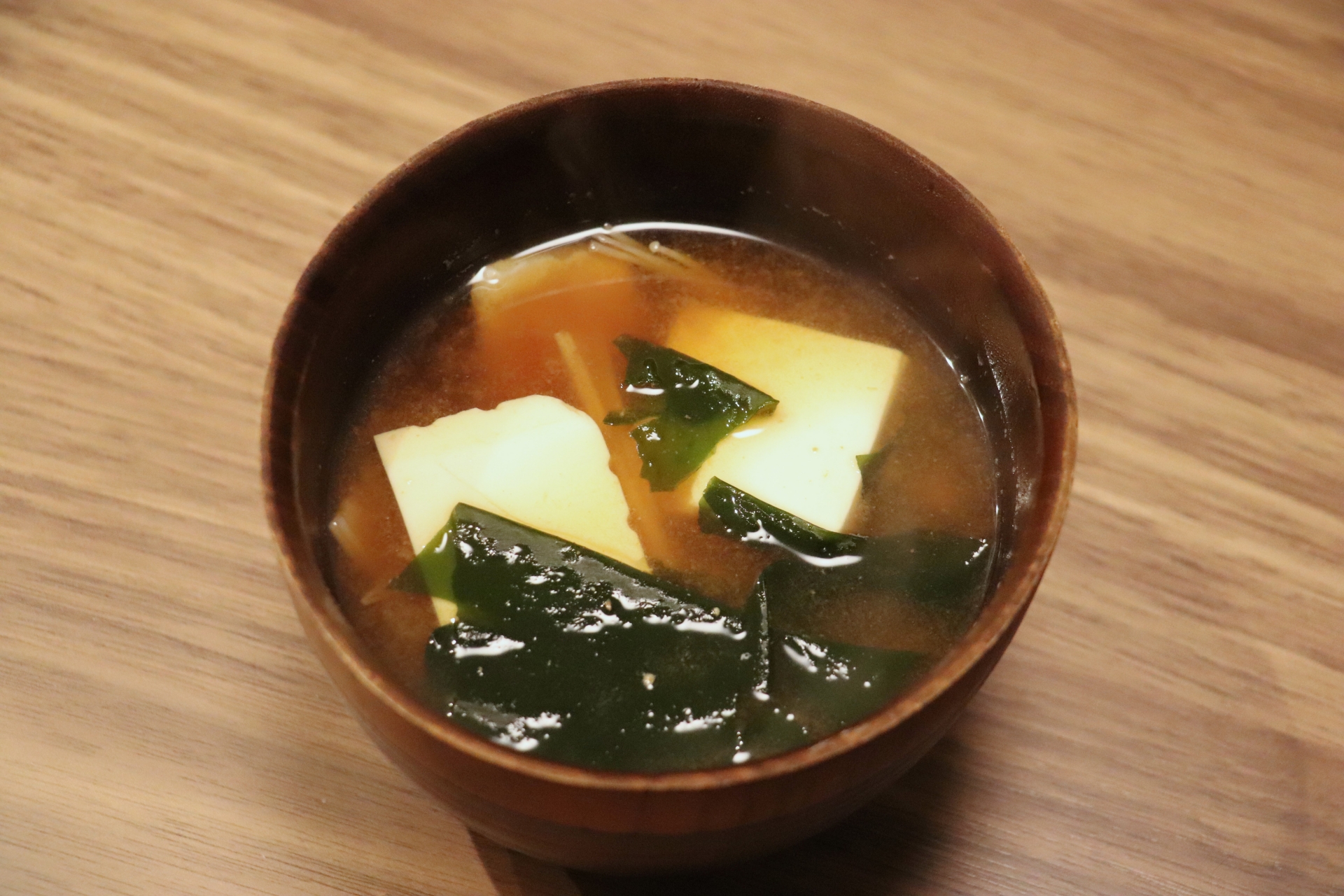
Using U.S. Ingredients: A Practical Guide
You don’t need to visit a Japanese market to make miso soup. Whole Foods, Trader Joe’s, and many mainstream grocery stores carry essential components:
- Miso Paste: Look for “miso master,” “South River Miso,” or “Hikari Organic” in the refrigerated section.
- Dashi Substitutes: Use vegetable broth + a kombu sheet or mushroom bouillon.
- Tofu: Silken or soft tofu can be found in the refrigerated produce section.
- Seaweed: Dried wakame or nori sheets (cut into strips) work well.
- Scallions: Regular green onions make a great garnish.
Cultural and Historical Background
Miso soup dates back to Japan’s Kamakura period (1185–1333) and has since evolved into a daily staple. It holds cultural significance as a symbol of comfort, family, and seasonal eating. Typically served with rice and pickles at breakfast, its ingredients often vary by region—e.g., taro root in the south, or crab in the north during winter.
Is Miso Soup Unique to Japan?
While other Asian cuisines feature miso or fermented pastes, miso soup in its traditional form remains uniquely Japanese. That said, it has adapted globally: in Western kitchens, it’s common to find fusion versions with kale, quinoa, or even coconut milk. Despite its adaptations, the core essence—miso plus umami-rich broth—remains intact.
Is Miso Soup Vegan or Gluten-Free?
Vegan: Yes, when made with kombu or shiitake dashi and no animal-based toppings. Always check labels for bonito extract or fish stock.
Gluten-Free: Some miso varieties include barley or wheat. Look for certified gluten-free brands like Miso Master Organic Chickpea Miso. Always read ingredient labels and look for gluten-free certification.
Tips:
- Choose unpasteurized miso for maximum probiotic benefit.
- Opt for tamari instead of soy sauce to avoid gluten.
- Avoid pre-made miso soup packets unless labeled vegan/gluten-free.
Common Questions About Miso Soup (FAQ)
- What does miso soup taste like? Umami-rich, slightly salty, earthy, and warm. The flavor depends on the miso type used.
- Can you eat miso soup every day? Yes, in moderation. It’s light, nutritious, and commonly consumed daily in Japan.
- What is the cloudy stuff in miso soup? That’s dissolved miso paste and tofu particles—perfectly normal and full of flavor.
- Is miso soup good for weight loss? Yes. It’s low in calories and high in nutrients, which can support a balanced diet.
Conclusion: Why You Should Add Miso Soup to Your Routine
Miso soup is easy to prepare, deeply comforting, and highly adaptable. Whether you’re new to Japanese cooking or looking to add more fermented foods to your diet, miso soup is an excellent place to start. It’s packed with nutrients, supports gut health, and connects you with a centuries-old culinary tradition. Start with a basic recipe and feel free to explore variations to suit your lifestyle. With just a few ingredients and simple steps, you can enjoy this delicious Japanese comfort food anytime.

